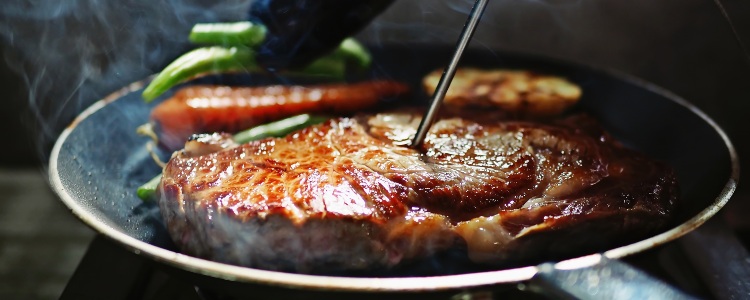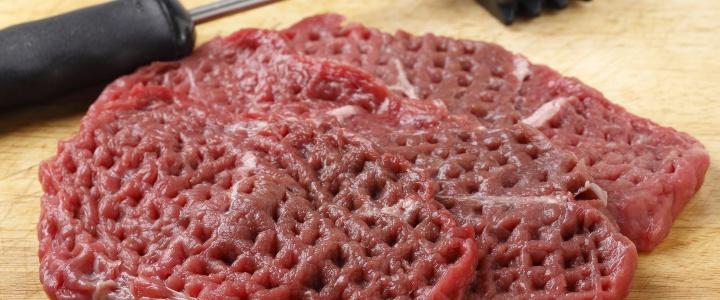The best ways to tenderise meat for your seasonal recipes
With the festive season almost upon us, there’s no shortage of people looking to make the most of their quality cuts of meat, and prepare it for some fantastic seasonal recipes. And as everyone knows, when you’re making something delicious, it’s always important to make sure the meat is properly tender! We’ve got plenty of meat hammers and tenderisers to choose from right here at Butchers Equipment Warehouse, so we know a trick or two for the best way to tenderise meat ourselves. Now, while it’s true that lean cuts like beef fillets or chicken breasts typically don’t require tenderising, there are plenty of techniques to choose from when it comes to other cuts.
Pounding down with a mallet
One of the most simple and straightforward ways to tenderise meat is, of course, the humble mallet. In fact, almost any kind of meat can be pounded in order to create a thinner, flatter cut, which tend to cook faster and more evenly throughout. Basically, when you pound a piece of meat with a hammer what’s basically happening is that the pounding is breaking down the protein strands. Shorter protein strands result in a more tender cut. We stock a variety of mallets here at Butchers Equipment Warehouse, including our aluminium meat tenderiser, and our F Dick Meat Tenderising Mallet.
Using a Jaccard tenderiser
Bearing the name of its prestigious American manufacturer, a Jaccard meat tenderiser tenderises meat by pressing rows upon rows of sharp needles into the surface of the meat, puncturing its surface. What this essentially does is sever the connective tissue, thereby helping the meat absorb a greater amount of flavour from a marinade. While this handy little gadget useful for a wide variety of cuts of meat, it’s not always a great choice for slow-cooked meats. This is primarily because a lot of moisture gets lost through the small cuts in the meat, which can lead to the meat feeling tougher and chewier.
Braising
Braising is an excellent method for tougher cuts of meat that have fat attached or marbled through them, including many types of beef. Braising involves fully submerging the meat in a flavoursome liquid, and looking it at a low temperature - typically somewhere between 60°C and 80°C.
What this does is melts the fat as it’s cooking, releasing all the flavour within. It also moistens the muscle fibres during the cooking process, so that they don’t bunch up or dry out. For the same reasons, it’s not ideal for lean cuts as it tends to dry out the meat, rendering it tougher.
Marinading
Acidic marinades like lemon juice, wine or wine vinegar are all great choices to tenderise a wide variety of cuts, and work particularly well with tougher meats like goat or lamb.
Popular marinades include:
- Lemon juice
- Vinegar
- Yoghurt
- Buttermilk
- Sour cream
Raw fruits like kiwifruit, pineapple and paw paw all contain proteins which act effectively on raw meat in order to tenderise it. They can be mashed and spread over the meat in question, or mixed with other marinade ingredients to coat the meat before it’s cooked. Plenty of marinades work best when the meat is soaked for several hours - or even days - in the fridge beforehand.

The thing to remember is that the tenderising effect only gets as far as the surface. It’s one of the main reasons why marinades work best on small and thin cuts of meat. Make sure not to leave the marinade too long, or the surface can become ‘mushy’ - which obviously isn’t too appealing for any diner!
And if you’re looking for the best butchers equipment to help you prepare your meat - either for sale or consumption - then you’re in exactly the right place. Here at Butchers Equipment Warehouse we’ve got a variety of meat hammers and tenderisers, as well as butchers blocks and tables to suit your needs. You can browse them all right here on our site, and if you want something specific, don’t forget that you can always give us a call on 01254 427761, and we’ll be only too happy to help!




